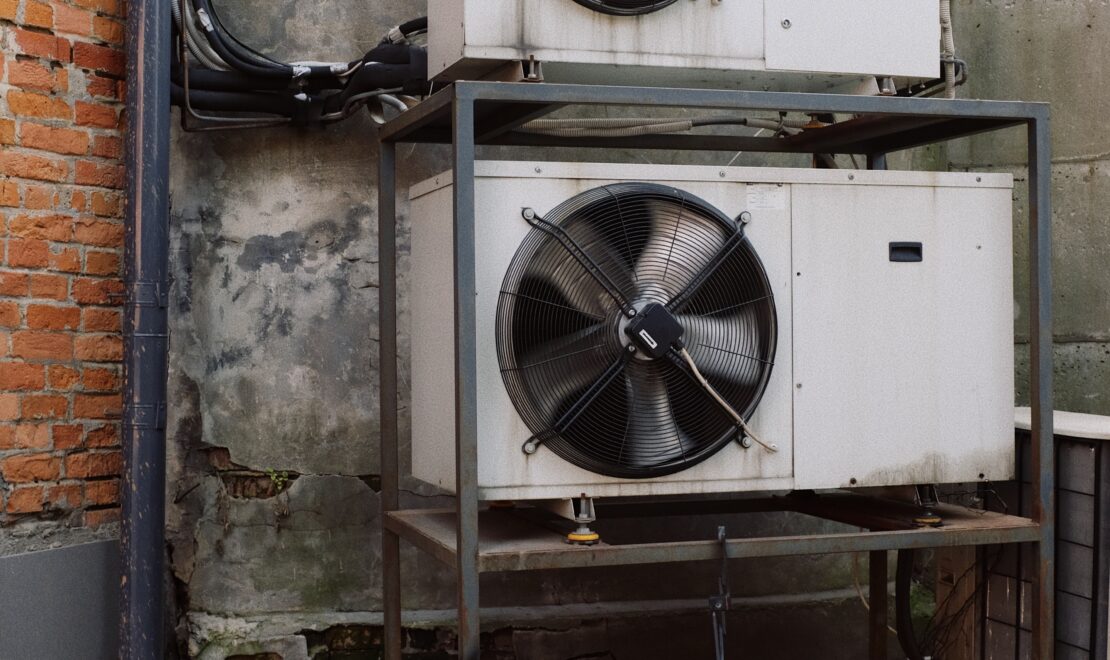Breath is a necessary function for human life. When we intake the air around us, we feel as though we are breathing in something fresh, pure, and safe. With air pollution, particle pollution, viruses and germs contained within the misleading invisibleness of air, the quality of our air can be far worse than we perceive it to be. People spend a lot of their time indoors, about 90% according to some sources, but what is contained within the air is far more complex than the oxygen we breathe.
Indoor & Outdoor Air Quality
Moving from an outdoor to an indoor space does not suddenly protect us from such pollutants, as what is out there can very well make its way in. In some instances, indoor air can be even more contaminated.
According to the Centers for Disease Control and Prevention (CDC), some of the many pollutants that can be found in indoor air are particle pollutants (e.g., dust, soot, and smoke) and air pollutants (e.g., carbon monoxide and ground-level ozone). The U.S. Environmental Protection Agency (EPA) also speaks of various biological pollutants, which is of particular importance due to the increase in widespread diseases such as COVID-19. All pollutants can cause various illnesses and threaten our health, so it’s important to be conscious of this when taking the steps to prevent it from happening to you and others.
Dust is a common thing we see around our homes and various work spaces. It’s constantly floating around and has a tendency to build up within a multitude of places, such as air filters and ducts of A/C units. If you have allergies, you may be familiar with the nuisance that is dust, but even if you don’t, it can become an irritation to your respiratory system and overall health. Additionally, while dust is large enough (with a size of PM10, and PM meaning particulate matter) to be detectable via the human eye, smaller particles of size PM2.5 are undetectable and far more dangerous to our health.
Climate Change & Air Quality
Beyond the issue of particulate matter, a far greater threat to the quality of our indoor air is climate change and the many effects it has on our environment. With an increase in carbon dioxide levels in the atmosphere, this has negative impacts not only on the environment but overall health. While a part of the carbon dioxide gets absorbed by the trees and oceans, some of it still lingers and warms the planet through the greenhouse effect.
Air Quality Solutions
Considering the issues that bad indoor air quality poses to our overall well-being, it is important that our indoor spaces have an HVAC system to keep us safe with a proper ventilation system. A good ventilation system controls for the many pollutants found and reduces the concentration of airborne viruses and dust.
Requesting maintenance on HVAC systems and A/C units also promotes safety and cleanliness, much like cleaning all components of an A/C unit is more preferable than cleaning an air duct alone. Cleaning an entire system will have all contaminants removed, whereas focusing on a single area will increase the chance that some missed contaminated component re-contaminates everything all over again, due to the omnipresence of air.
